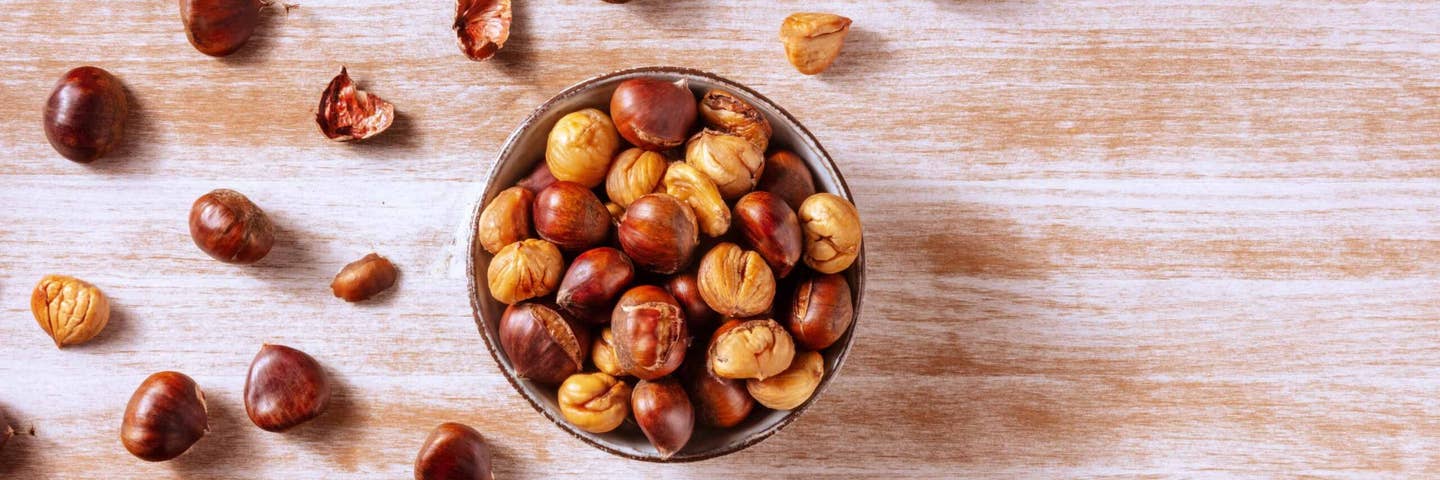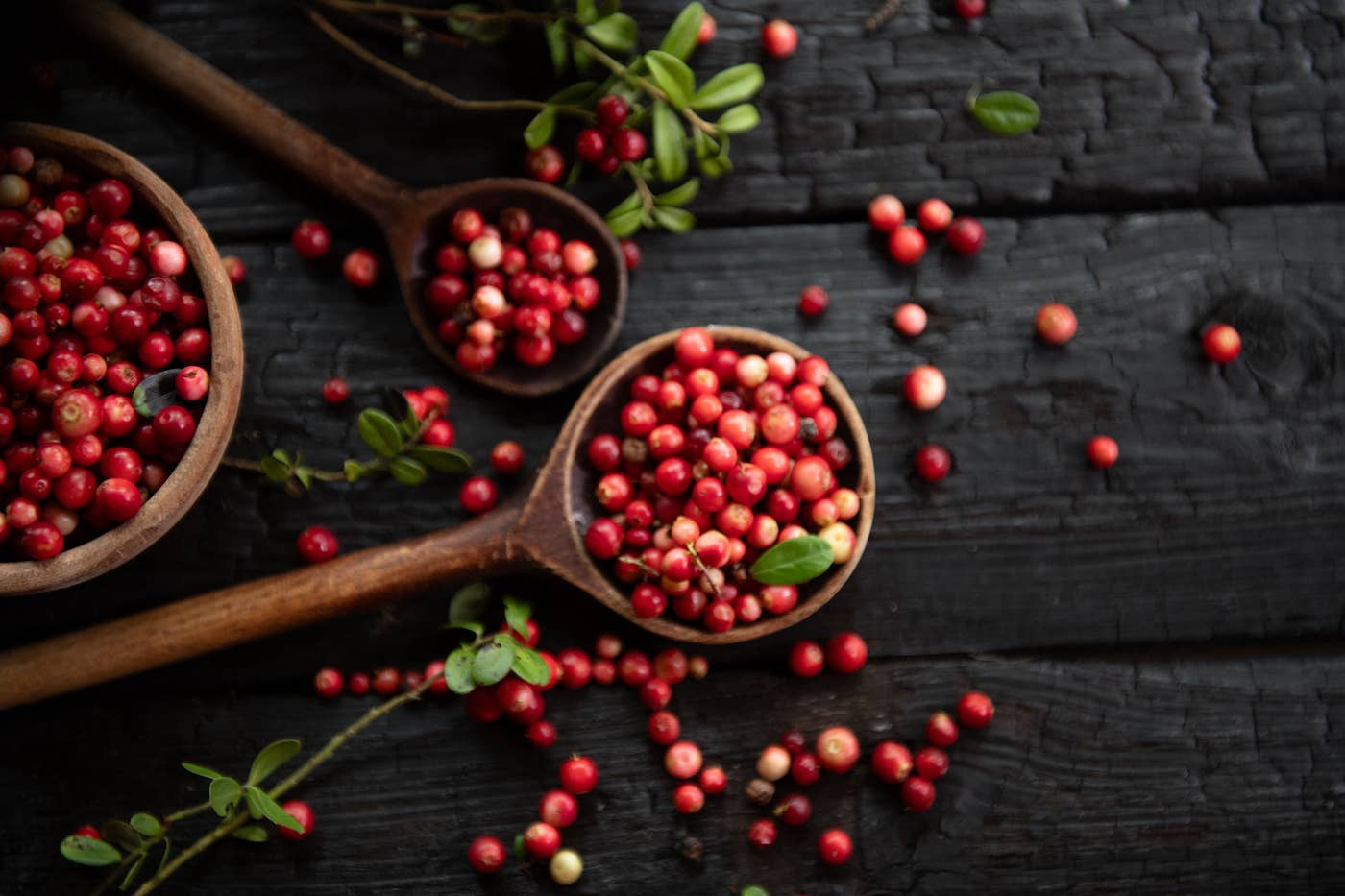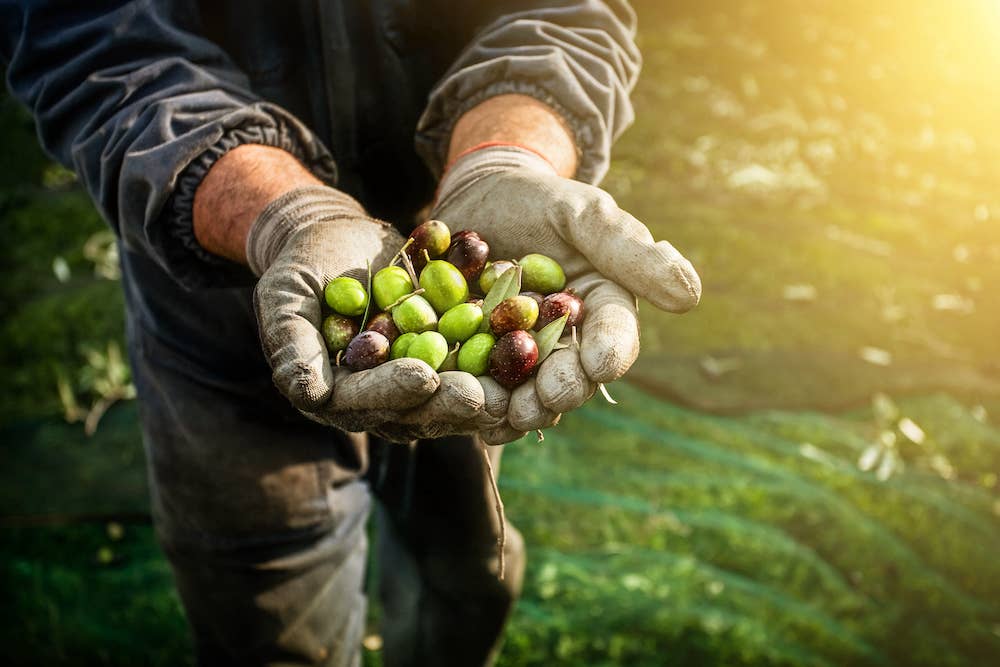Chiffonade (pronounced shiff-oh-NOD) is one of those culinary terms that sounds complicated and intimidating, but it’s actually an easy slicing technique to master. It’s also one of the most impressive, results-wise, turning herbs and greens into thin, light ribbons that both look and taste amazing.
What Is a Chiffonade?
It’s a noun and a verb—and simpler than it sounds. To chiffonade means to slice or shred an herb or vegetable into fine (like chiffon fabric) strips. In classic French cuisine, chiffonades were originally used as garnishes, but nowadays, you can find chiffonade ribbons laced through soups, tossed in salads, and folded into grain dishes and casseroles.
Why Chiffonade?
Slicing leafy greens into thin ribbons helps tenderize them by breaking up any tough fibers. It also helps them cook more quickly and evenly because of the small size and width. Finely chiffonading herbs such as mint and basil also makes them ultra-flavorful by releasing more aromatic enzymes than whole or coarsely chopped leaves. And when you have a lot of leaves to chop, chiffonading is a quick, easy way to get the job started without having bits flying all over the cutting board.
How to Chiffonade
To chiffonade herbs or leafy vegetables:
1. Stack 3 to 4 large leaves or 4 to 6 small leaves on top of each other on the cutting board.
2. Roll the leaves tightly into a cylinder, tucking in the top and bottom ends so you have a firm, cigar-like log. This rolling step turns the thin leaves into a solid mass that is easier to cut evenly.
3. Slice the leaf cylinder crosswise (like you are slicing a carrot) into thin ribbons.
When to Chiffonade
Chiffonades can be used any time a recipe calls for chopped or torn greens and herbs. Here are a few recipes that work particularly well with them.
Kale salads: Chiffonading yields strips of dark, leafy greens that are more tender than torn or chopped kale. Try it with Kale and Sweet Potato Salad with Dried Cranberries.
Soups and stews: Because they cook quickly, chiffonaded greens can be added at the end of cooking time. Try it with Jamaican Green Pea and Spinach Stew.
Grain dishes: Whether you’re adding herbs or greens to hot or cold recipes, the thin ribbons intermingle better with other ingredients. Try it with Quinoa with Kale and Roasted Butternut Squash.
Root vegetable mashes: Stir fine chiffonades of herbs or leafy greens directly into a hot vegetable mash for color and texture. Try it with Mashed Potatoes and Gravy.
Bowls: Thinly sliced lettuce and greens are easier to eat with other bowl components than whole or torn leaves. Try it with Rice Bowls with Kidney Beans, Spinach, and Mixed Veggies.
Fruit salads: Flavor fruit salads with chiffonaded mint, lemon verbena, pineapple sage, or basil. Try it with Summer Celebration Fruit Bowls.
Garnishes: Whenever you want to sprinkle basil, mint, sage, or another flat-leafed herb overtop of a dish, chiffonade it. Try it with Tomato and Red Pepper Soup.
Learn more plant-based cooking basics with Forks Meal Planner, FOK’s easy weekly meal-planning tool to keep you on a healthy plant-based path.
Related News
Try Our Top-RatedMeal Planner Free

Forks Meal Planner takes the hard work out of making nutritious meals the whole family will enjoy.
SAVE $200 ON OUR ULTIMATE COURSE

Join our best-selling course at a new lower price!





